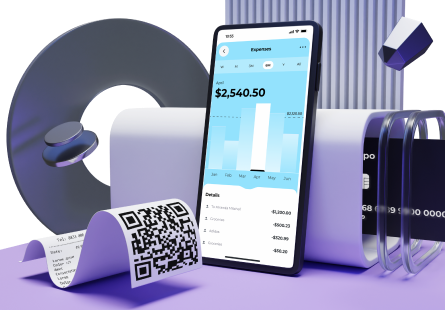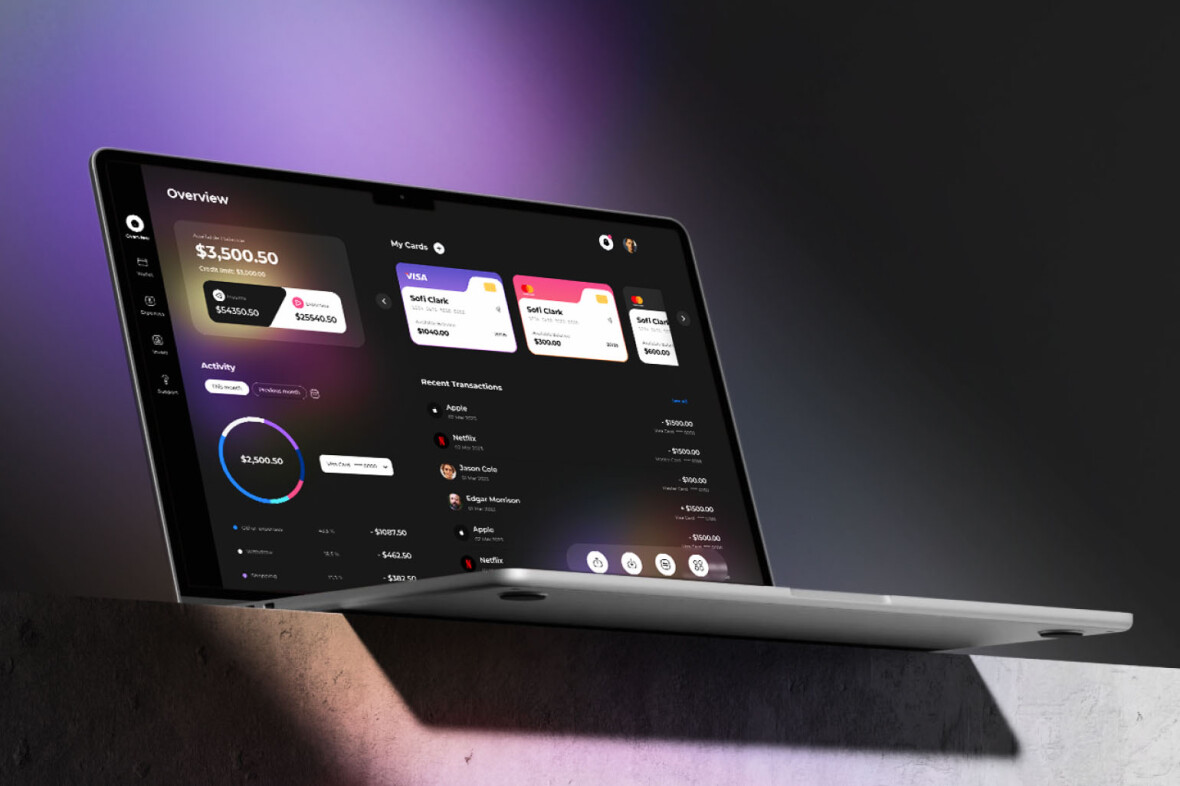Although the concept of Open Banking dates back to the late 2000s, it gained significant traction in 2015 when the European Union introduced the revised Payment Services Directive (PSD2). PSD2 came into effect in January 2018, requiring banks in the EU to open their payment services and customer data to licensed third-party providers through secure APIs. Around the same time, the UK’s Open Banking initiative was introduced.
By allowing third-party financial services providers access to consumer banking, transactions, and other financial data, Open Banking enables the development of innovative financial solutions tailored to meet the needs of today’s customers. Technology-wise, this secure data-sharing is possible thanks to application programming interfaces, or APIs for short.
So, what are open banking APIs? How do they work? What’s their impact on the quality of the financial services consumers get? Read on to find the answers to these and many other questions.
What are Open Banking APIs, and how do they work?
What is an API?
An API (an acronym for Application Programming Interface) is a set of rules and protocols that lets different software applications communicate with one another in order to exchange data, functionality, and features. APIs are commonly used to integrate third-party providers, retrieve data, or enable automation between systems.
What are open APIs in banking?
An Open Banking API is a type of API that enables third-party financial service providers to access a customer’s bank account data. Of course, this is done with the consumer’s explicit consent and in a secure way.
While in the context of traditional banks, only a consumer and their bank can access financial data, an Open Banking API allows the bank to share it with third-party service providers, including other financial institutions, fintech companies, currency exchanges, and other digital platforms.
By providing third-party financial service providers with secure access to a user’s banking details, an Open Banking API enables them to offer services like payment processing, personal finance management, or lending.
What is a third-party provider?
In Open Banking, third-party providers refer to intermediaries that simplify interaction between the bank and the customer. There are two types of third-party providers: Account Information Service Providers (AISP) and Payment Initiation Service Providers (PISP).
Account Information Service Providers are companies that are allowed access to a customer’s bank account data. They can request permission to connect to bank accounts and use information from them to provide financial services. These usually include financial tools for price comparison, money management, automating mortgage or loan applications, and others.
Payment Initiation Service Providers, on the other hand, are authorised to make payments on a customer’s behalf, connecting to and initiating payments from the customer’s bank account. For example, they facilitate direct bank transfers for online purchases and enable seamless bill payments.
How does a banking open API work?
So, how do Open Banking APIs work? It all starts when a user gives permission for a third-party service (e.g., a budgeting app) to access their bank account data, such as account balances or transaction history.
When the user uses a service that requires access to their bank account data, the third-party provider sends a request to the bank’s Open Banking API to initiate payments, retrieve account information, or perform other operations.
The banking open API verifies the request and checks whether the third party is authorised and the user’s consent is valid. If everything is in order, the bank fetches the requested data (e.g., account balance) or processes the requested action (e.g., initiating a payment).
The third-party integrates the retrieved data into the service, providing the user with the requested banking data or enabling actions like payments, transfers, or budgeting.
Who regulates Open Banking APIs?
All APIs in the UK must comply with the standards established by the Open Banking Implementation Entity, a body responsible for the implementation of Open Banking in the UK. Its primary role is to create a secure and standardised framework for securely sharing financial data between banks and third-party providers.
The Open Banking Implementation Entity develops the technical standards and guidelines for API design. These standards help achieve seamless interoperability among different financial institutions and facilitate a smooth user experience across various platforms and applications. The Open Banking Implementation Entity also provides resources to enable banks and fintech companies to better understand the Open Banking regulation framework.
Importance of open APIs in banking software
By enabling secure data exchange between banking institutions and third-party providers, open APIs encourage the development of new financial products and services.
Instead of competing against fintech companies and third-party developers, financial institutions can partner with them, leading to innovative banking solutions that improve customer experience and expand market reach.
The introduction of the Open Banking initiative has fundamentally transformed the financial landscape. Open Banking promotes healthy competition across the financial industry players, benefiting all stakeholders involved.
Benefits of Open Banking APIs
It’s safe to say that Open Banking APIs are revolutionising the financial services industry, offering enormous benefits to consumers, banks, and third-party providers.
Innovative solutions
Open Banking APIs enable third-party providers to build innovative financial solutions to streamline lending, wealth management, personal financial management, and other financial services, allowing financial institutions to effectively address ever-changing customer demands.
Improved client experience
By opening their APIs to fintech startups and third-party companies, traditional banks can provide a broader range of digital services to meet the needs of modern customers. As a result, Open Banking APIs help banks retain existing customers and attract prospective ones.
Data insights
Open Banking APIs unlock access to immense amounts of financial data, which allows financial institutions and third-party providers to analyse spending habits, financial behaviours, and preferences of banking customers. This data can be used to create personalised services and improve customer satisfaction.
Enhanced agility
Open Banking APIs enable technical service providers to update and improve services more quickly. Therefore, banks and third-party providers become more flexible in adapting to changing customer needs and can promptly respond to market trends.
New revenue streams
APIs provide banks and other financial institutions with an opportunity to create new revenue streams. For example, they can monetise their data and services by charging fees for the use of certain APIs.
Types of APIs in banking
There are three types of APIs in the banking industry — private, partner, and open APIs.
Private or internal APIs
Banks or financial institutions use private APIs exclusively for internal needs, meaning that they aren’t shared with external developers or third-party providers. These APIs help banks streamline internal processes, improve operations, and build in-house applications.
Partner APIs
Partner APIs are shared with specific third-party partners, often under contractual agreements. These APIs allow chosen external companies, such as fintechs or payment processors, to integrate with the bank’s services.
Open or public APIs
Public APIs are openly available to external developers and third-party providers. These application programming interfaces allow third-party developers to build applications and services on top of the bank’s infrastructure.
Top 5 Open Banking API examples
Barclays
Barclays offers the Barclays Developer Network, providing developers with a comprehensive suite of APIs that support account information, payment initiation, customer data, and authentication services, among others. One of the widely-used Barclays APIs is the Payment Initiation API. This API enables third-party actors to initiate payments on customers’ behalf.
Citi Developer Hub
The Citi Developer Hub is Citi’s proprietary API platform with a wide range of APIs, which allow developers to integrate with Citi’s banking infrastructure. In addition to account management, payments, and credit card rewards, the bank allows access to APIs that streamline compliance, such as the Know Your Customer API.
Moneyhub Open Finance
Moneyhub is an open finance platform that offers connectivity to multiple financial institutions, ML-powered analytics, customer engagement insights, and payment services. This API provides innovative ways to manage accounts, beneficiaries, transactions, spending analysis, taxes, payments, and more.
Tilisy
Tilisy gives free access to transaction history and balances across bank accounts in a number of European countries, allowing developers to integrate consumers’ financial data into their applications. Tilisy emphasises simplicity and ease of integration, making it a popular option for companies seeking quick and reliable access to financial data.
Bank of Scotland API
Bank of Scotland’s API suite enables third-party providers to access account information, initiate payments, and provide other financial services with customer consent. Developers can access the Bank of Scotland API through the Developer Portal, which provides useful tools and resources to streamline the development process.
Final words
Open Banking APIs create impressive opportunities for fintech startups, banks, and other financial institutions. They enable the development of innovative financial tools, catering to the needs of modern consumers and fostering healthy competition in the financial sector.
If you’re looking to launch a financial solution powered by Open Banking, the team at DeepInspire can help. We are a fintech development company with 20+ years of experience building premium-quality financial software. We provide digital banking development services to help you deliver cutting-edge experiences to your customers by offering them an exciting range of services, from rapid payments to credit status verification.







